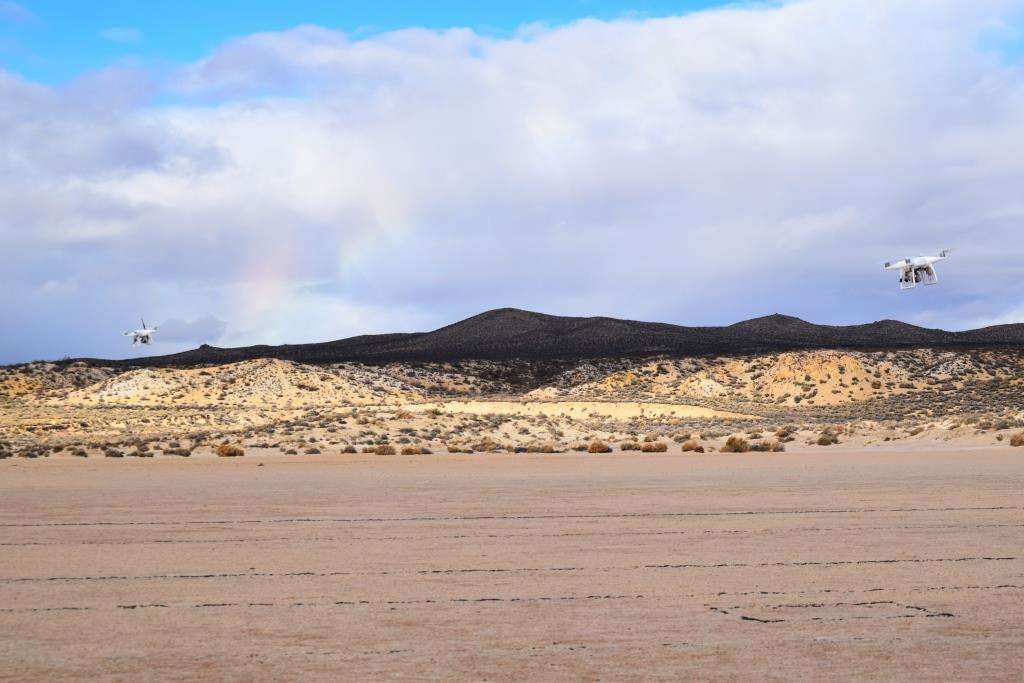Vigilant Aerospace has completed successful beyond line-of-sight flight testing of its FlightHorizon detect-and-avoid collision avoidance system for unmanned aircraft at NASA Armstrong Flight Research Center in Edwards, California. The detect-and-avoid system is an important part of the effort to integrate unmanned aircraft into the national airspace and to make beyond line-of-sight drones safe to share airspace with manned aircraft.
The tests — in the presence of FAA and FCC observers — demonstrated the system’s ability to provide beyond line-of-sight flight safety for both small and mid-sized unmanned aircraft to help comply with FAA regulations and integrate drones into the national airspace.
The flights tested the system’s detect-and-avoid (DAA) algorithms, hardware integration and user interface performance and included nearly 100 scripted encounters between unmanned aircraft under realistic flight conditions. The system successfully detected and tracked intruder aircraft and provided traffic alerts and collision warnings on 100% of air traffic during the encounters.
Eighteen different scenarios were flown multiple times using two DJI Phantom 4 drones with one aircraft acting as the primary aircraft while the other acted as an intruder. The scenarios triggered the system’s traffic alerts, threat alerts and collision warnings, allowing the drone pilots to avoid collisions between the aircraft.
The encounters included beyond line-of-sight flights that simulated real-world scenarios in which visual detection of approaching aircraft by ground-based unmanned pilots might not be possible due to distance, weather, altitude and speed.
Vigilant Aerospace — an Oklahoma City-based company founded in 2015 — has exclusively licensed the NASA patent and software which forms the basis for the company’s FlightHorizon product.

